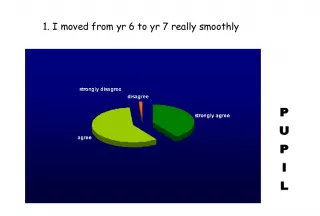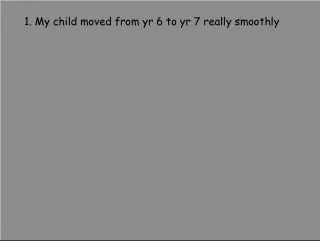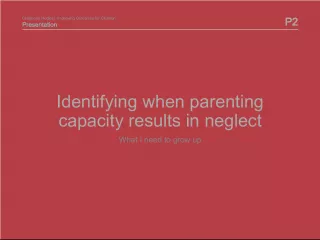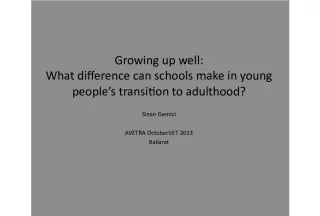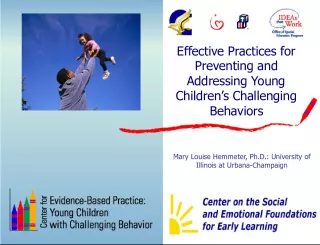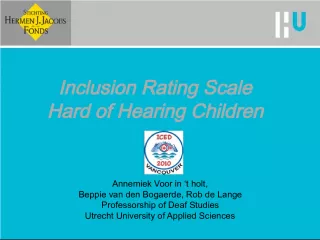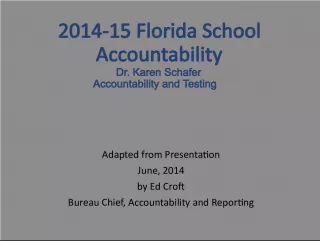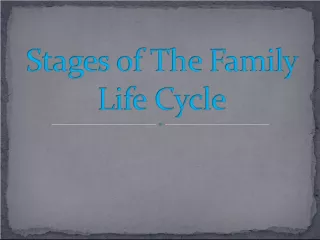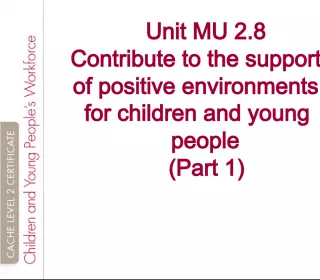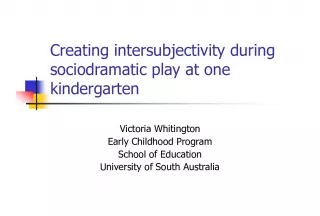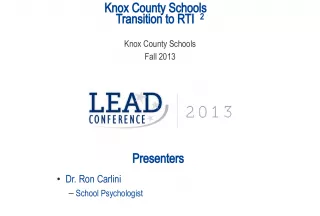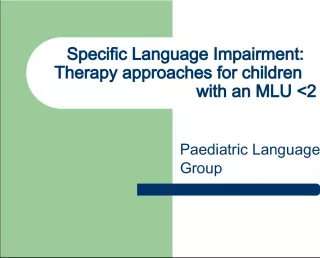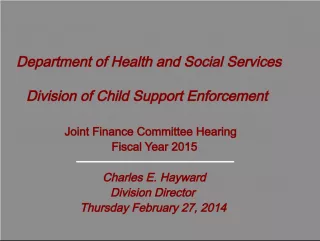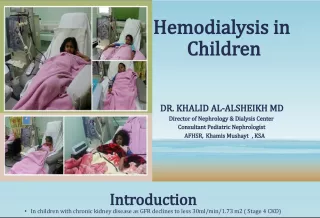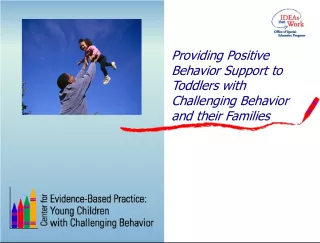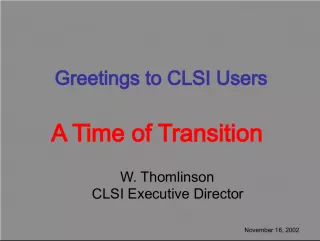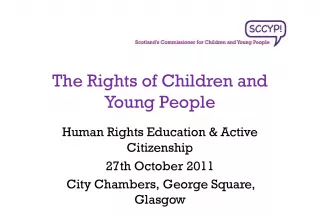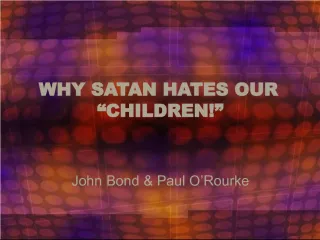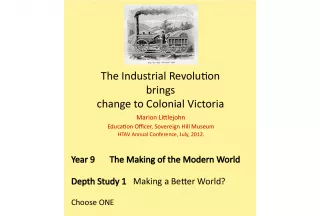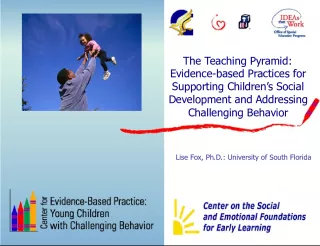Improving Transition Support for Children with SEN in Year 7
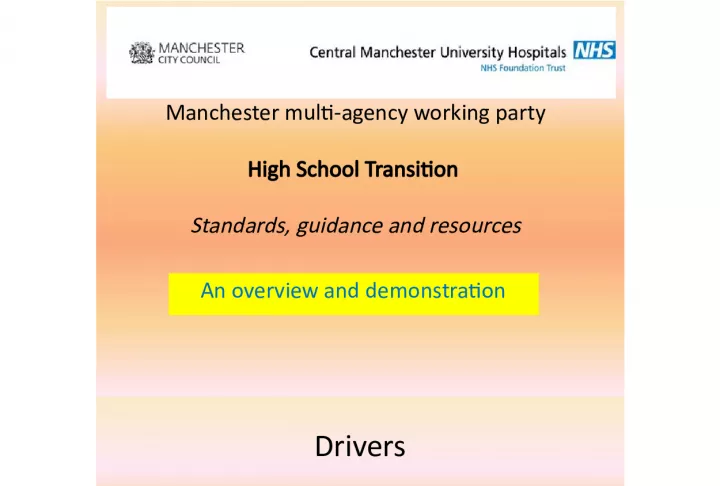

This article discusses the challenges faced by children with SEN and SLCN during the transition from primary to high school. It also highlights the Manchester multi-agency working party's high school transition standards guidance and resources, the Children and Families Bill SEN clauses, the Education Health and Care Plan, and the Manchester Autism strategy.
- Uploaded on | 1 Views
-
 sydnee
sydnee
About Improving Transition Support for Children with SEN in Year 7
PowerPoint presentation about 'Improving Transition Support for Children with SEN in Year 7'. This presentation describes the topic on This article discusses the challenges faced by children with SEN and SLCN during the transition from primary to high school. It also highlights the Manchester multi-agency working party's high school transition standards guidance and resources, the Children and Families Bill SEN clauses, the Education Health and Care Plan, and the Manchester Autism strategy.. The key topics included in this slideshow are High school transition, SEN, SLCN, Education Health and Care Plan, Manchester Autism strategy,. Download this presentation absolutely free.
Presentation Transcript
1. An overview and demonstration Manchester multi-agency working party High School Transition Standards, guidance and resources
2. Drivers Children and Families Bill SEN clauses The Education, Health and Care Plan Manchester Autism strategy High level of vulnerability in Year 7 for many children with SEN and SLCN, including significantly young people with Autism Several agencies reporting inconsistency in the level and quality of transition support
3. Multi-agency working party Overarching aim: To develop a set of standards for mainstream primary and secondary schools to support transition for all pupils. Contributions from: EPS, SALT, OT, SSS, LA SEN strategic lead, parent, CAMHS, NAS, primary and secondary SENCos.
4. Transition: risk factors Transition planning begins too late The childs individual readiness for high school is not considered Limited co-ordination between schools, parents and other agencies Parents making an informed choice about the right high school for their child
5. Over-estimating ability to cope with high school Childs worries and questions about high school are not heard and addressed in Year 6 Some children may be over-dependent on adult support in primary school The childs high school is not informed or trained to deliver appropriate strategies, e.g. social story, pupil passport, checklists Transition: risk factors
6. Individual factors which impact upon a childs readiness for high school Social-emotional difficulties Communication and language difficulties Issues around flexibility of thought Issues around executive functioning; motor skills, organisation and planning Issues around sensory integration
7. Y7 pupil focus groups Carried out with the assistance of high school staff, SLTs and students Four high schools participated One school pupils with a range of additional needs including ASD
8. Aims 1. Develop a set of standards to enable schools to evaluate their current practice in relation to high school transition 2. To provide guidance on the level of support needed to support transition 3. To provide strategies and resources to enable schools, parents and professionals to build upon their current practices
9. The approach A set of standards for schools to lead on with input from parents, the child and other professionals as appropriate Standards linked to concrete, practical resources which schools could access and begin using now A two-tier approach: Tier 1: Universal resources for all pupils Tier 2: More specialist resources for children who need individual transition planning
10. High School Transition (mainstream schools) Guidelines and Resource Pack How to use this resource Step one Complete the self-audit tool (versions for primary and secondary school Step two Identify areas for further development in your schools provision to support transition. This may be to develop your Universal strategies (i.e. transition support for all pupils) and/or your Specialist strategies (i.e. transition support for pupils with very significant transition needs). Step three Access the resources to support your development plan
11. Aim 1 Develop a set of standards to enable schools to evaluate their current practice in relation to high school transition
12. About the self-audit tools Versions for primary and secondary schools Split into three sections: 1. School policy and practice in relation to transition 2. Good practice for ALL pupils (Universal) 3. Practice in relation to pupils who need Individual Transition Planning
13. Primary schools
18. High schools
23. Aim 2 To provide guidance on the level of support needed to support transition
26. Aim 3 To provide strategies and resources to enable schools, parents and professionals to build upon their current practices
27. The High School Survival Guide Topics to think about, e.g. Packing a bag, travelling to school, making sense of timetables, asking for help, making friends Visually appealing and informative May need to be differentiated for pupils with SEN The Helping Hand Highlighting five functional skills to help children cope with the demands of high school Introduce Summer Y6 (teacher pack) Introduce again in Autumn Y7 (assembly pack) Tier 1: Strategies and resources to support transition for ALL pupils Tier 1: Strategies and resources to support transition for ALL pupils
33. Tier 2: Strategies and resources to support transition for pupils with additional needs Tier 2: Strategies and resources to support transition for pupils with additional needs
34. Part A: Coping with new situations and problem-solving R A G A1. Having several teachers for different subjects A2. Understanding and recognizing bullying A3. Finding way round school building, getting lost or confused A4. Travelling to school A5. Breaktimes and lunch times A6. Coping with noisier environments A7. Understanding timetables A8. Organising self A9. Homework (planning, organising and carrying out) Comments : Part B: Communicating, interacting and understanding R A G B1. Meeting new people (pupils and adults) B2. Understanding and accepting sanctions (e.g. detentions) B3. Friendship network and making new friends B4. Having conversations with children and adults B5. Asking for help B6. Understanding expected social rules and behaviour B7. Understanding new subjects, e.g. Geography Comments :
36. Step three: Use resources to support Step two: Changes to current practice Step one: Audit of current practice High school transition standards Universal good practice Ideas for General Good Practice High School Survivial Guide The Helping Hand Practice for pupils with Additional Needs Readiness for transition tools Resources to support personalised transition
37. Available at http://www.mewan.net Access to all but copyright protected
